Dawn of Cinema I
Catching the Light
(Reading: Birth of Cinema)
Camera Obscura
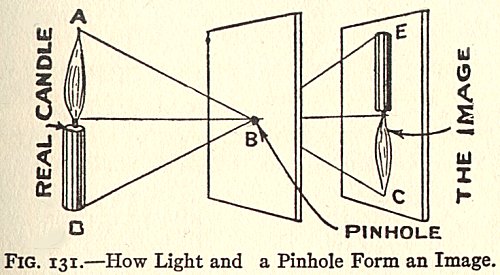
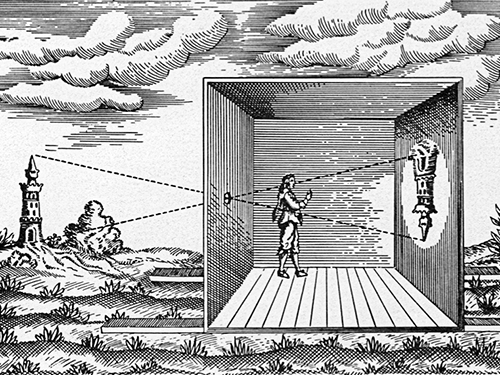
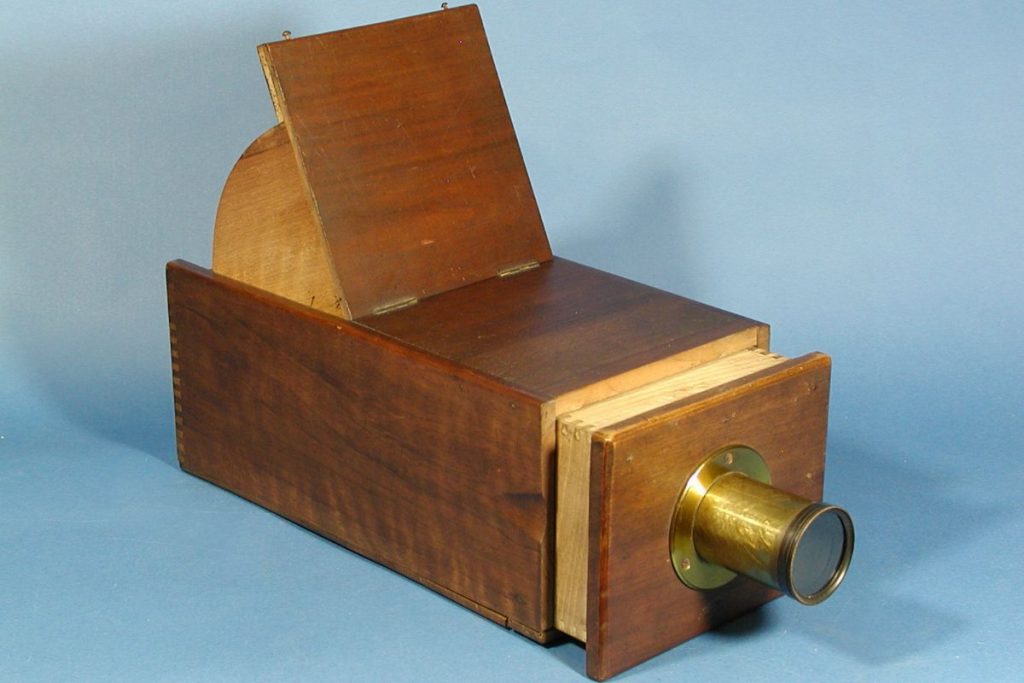
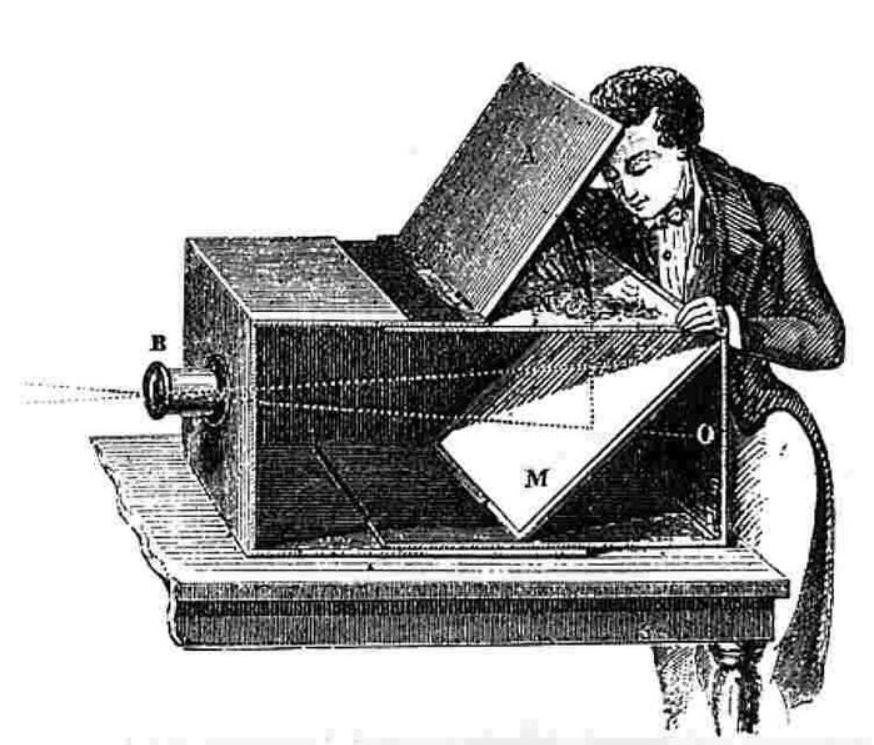
Daguerreotypes, (silver-plate copper emulsion)
Silver nitrate
Celluloid (George Eastman)
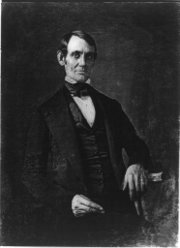
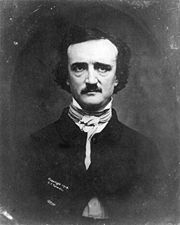
The Lumières
- August (1862-1954) and Louis (1864-1948) Lumière
- Cinématograph Lumière
- First Film Show:
- December 25th 1895
- Salon Indien in the Grand Café in Paris
George Méliès
- »French Illusionist (1861-1938)
- The father of narrative film
- Producer / director / writer / designer / cameraman / actor
- His Star Film company made between 1896 and 1906 more than 500 movies (only 140 survive)
- Impressive range of subjects:
- Fantasies (Cinderella, 1899)
- Historical reconstructions (Benvenuto Cellini, 1904)
- Docudramas (The Dreyfus Affair, 1899)
- Science-fiction adventures (A trip to the Moon, 1902)
A Trip to the Moon
The Terrible Turkish Executioner
German Expressionism
- Expressionism: Style of art in which the intention is not to create beauty or to reproduce any subject accurately, but to explore all the aspects of life and the human soul.
- Precursors:
- Caravaggio
- Rembrandt
- Goya
Caravaggio
Rembrandt
Goya
Contemporary Expressionism – Edvard Munch
Abstract Expressionism

German Expressionism
- Light versus Shadow
- Exploration of the dark sides of the human soul
- Oppressive interiors
- Supernatural, mystic, or uncanny elements
- Evil individuals with the power to control the will of people (premonition of Adolph Hitler)
Films
- Stellan Rye (The Student of Prague, 1913)
- Paul Wegener ( The Golem, 1915)
- Robert Wiene (The Cabinet of Dr. Caligari, 1919)
- Fritz Lang (Destiny, 1921; Mabuse, The Gambler, 1922)
- Friedrich W. Murnau (Nosferatu, a Symphony of Horror, 1922)
The Cabinet of Dr. Caligari
(Reading: The Cabinet of Dr. Caligari)
Nosferatu
(reading: Nosferatu)
Surrealism
- André Breton (1924)
- Strongly influenced by Sigmund Freud’s Theories.
- Sub-Conscious governs our life.
- It emphasizes the importance of dreams, dreamy landscapes and other sub-conscious symbolism.
French and Spanish Surrealism
(Reading: Un Chien Andalou)
- René Clair (The Crazy Ray, 1923; Entre’acte, 1924)
- Jacques Feyder (L’Atlantide, 1921)
- Jean Cocteau (The Blood of a Poet, 1930)
- Jean Vigo (A Propos de Nice)
- Luis Buñuel (Un chien andalou, 1928; L’Age d’or, 1930)
Luis Buñuel and Salvador Dalí: A Chien Andalou
(A higher definition copy, unfortunately with ads)
(Lower definition copy – no ads)
Readings:
Literature
- Parkinson, David:
- “History of Film”. Thames and Hudson, 1995
- Thompson, Kristin and Bordwell, David:
- “Film History: An Introduction”. McGraw-Hill, 2002.



















